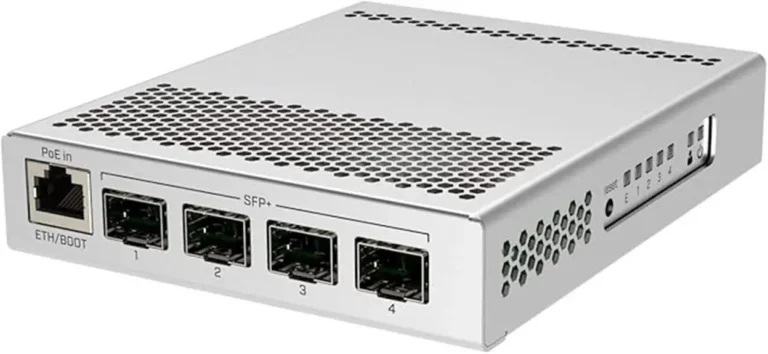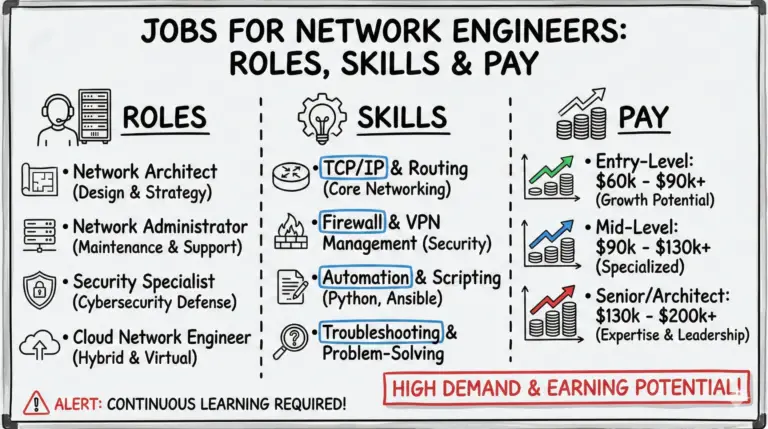The TCP IP vs OSI Model debate has been around for years. Which one is better? What are the similarities and differences? Let’s take a look.
What is the difference between TCP IP vs OSI model? (with Cheatsheet PDF and Infographic)

What is the TCP IP reference model?
TCP IP protocol was first developed by DARPA in the 1960s and recognized throughout the world after 1983. The TCP/IP (Transmission Control Protocol/Internet Protocol) reference model is a conceptual model similar to the OSI model that characterizes the functions of a networking system.
It divides these functions into four abstraction layers used to create an open standard architecture for networking. Four abstraction layers are the Network Access layer, Internet layer, Transport Layer, and Application layer. You can read TCP/IP model in depth in my last post.
What is the OSI reference model?
OSI was created in 1983, the same time as the TCP IP model. The OSI (Open System Interconnection) reference model is also a conceptual framework similar to TCP/IP that describes the functions of a networking or telecommunication system. It divides these functions into seven layers: Physical, Data Link, Network, Transport, Session, Presentation, and Application layer.
What are the similarities between TCP IP and OSI model?
Key similarities between TCP/IP and OSI model are:-
- The TCP/IP and OSI models describe how data is transmitted between devices on a network.
- Both models divide the networking concepts into layers.
- Both models share the same ideas about how data is broken down into smaller pieces and passed from layer to layer.
- Both TCP/IP and OSI models are used to troubleshoot various networking problems.
- Both are modular, and each layer represents a separate set of functions and protocols.

How to choose between TCP IP vs OSI model?
There is no clear consensus on choosing between the TCP/IP and OSI models. Both have their benefits and drawbacks. Some people prefer the TCP/IP model because it is simpler and easier to understand. Others prefer the OSI model because it is more comprehensive and allows for more flexibility. Ultimately, the decision of which model to use depends on the specific needs of the user or organization.
How to use TCP/IP and OSI model for troubleshooting?
There is no best, or one right answer to this question as the approach to troubleshooting using TCP/IP and the OSI model will vary depending on the specific situation. However, some tips on using these tools for troubleshooting purposes include:
- Start by understanding the problem and identifying which layer(s) of the TCP/IP or OSI model it is likely occurring in.
- Once the layer has been identified, use the corresponding troubleshooting method for that layer. Then, narrow down the potential causes by looking at the protocols and components associated with that layer.
- Finally, use packet-sniffing and other debugging tools to identify the root cause of the problem and implement a solution.
For example,
- If the problem occurs at the physical layer, one needs to check the cables and connectors to ensure they are properly attached and functioning.
- If the problem occurs at the data link layer, one needs to check for loose cables or bad connectors.
- If the problem occurs at the network layer, one needs to check the routing tables and ensure that the correct IP address is being used.
- At the transport layer, one would need to ensure that the correct port numbers are being used.
- If the problem is occurring at the Session layer, one would need to check the handshake that occurs during the establishment of a new connection.
- If the problem occurs at the Presentation layer, one needs to check the encoding and ensure that the data is in the format required by the destination system.
- If the problem occurs at the Application layer, one needs to determine whether the application can even communicate with the destination system and check the application logs for errors.
Conclusion
The TCP/IP model and the OSI model are two different ways of thinking about networked communications. The TCP/IP model is more closely aligned with how the Internet works, while the OSI model is more of a conceptual framework. The TCP/IP model is more popular because it is more straightforward, and it is the model used by the Internet. I hope you liked the article; please share for maximum reachability.
- Telecom Network Infrastructure: Complete Guide to Components & Design - January 6, 2026
- TP-Link TL-SG108E vs Netgear GS308E: Budget Smart Switches - January 5, 2026
- MikroTik CRS305-1G-4S+ Review: The Ultimate Budget SFP+ Switch Guide - December 25, 2025



